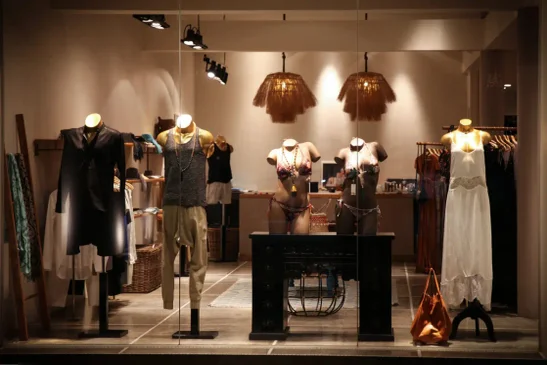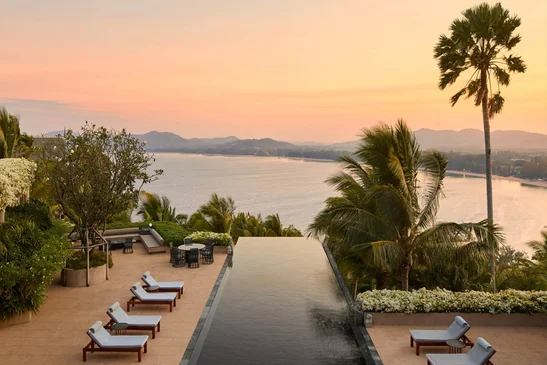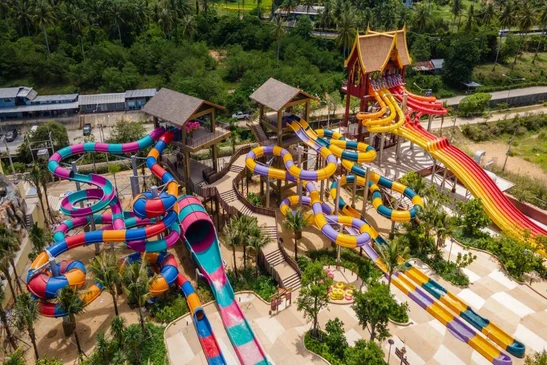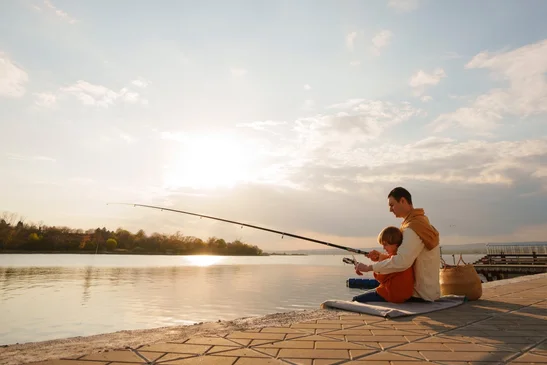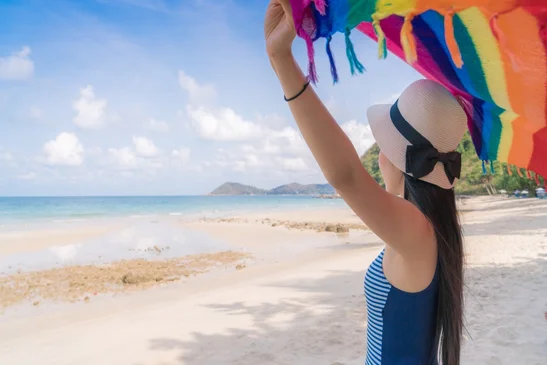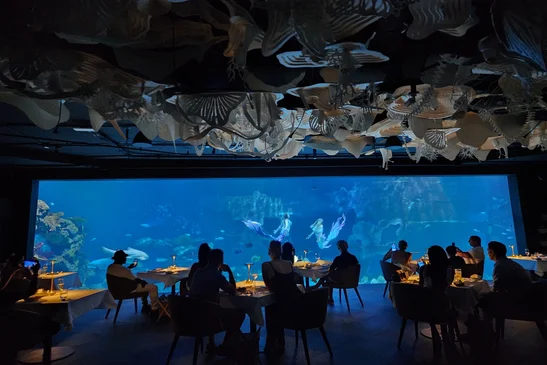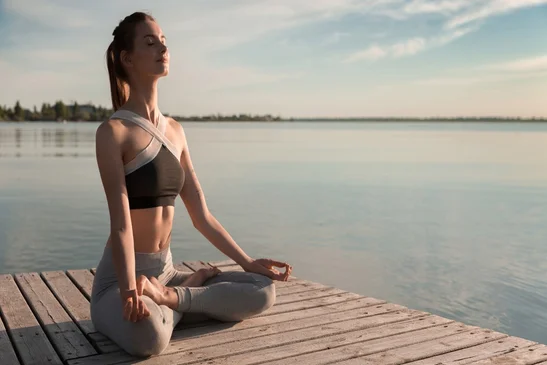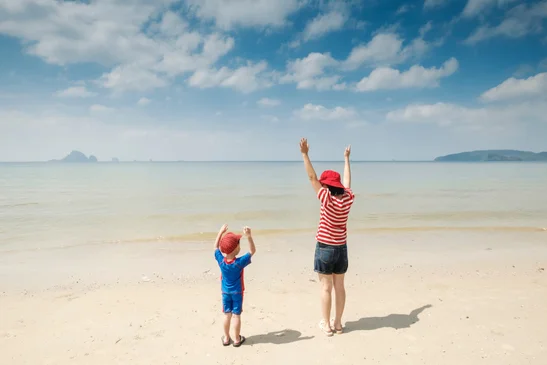With even the most minuscule amount of exposure to popular culture (i.e. you have the internet), it would be nearly impossible to have never at least heard the term, Muay Thai. Especially spanning the past 20 years the martial art has enjoyed more time in the limelight with practitioners from around the globe coming to learn in Thailand or at foreign gyms.
What Is Muay Thai?
Muay Thai lies somewhere in the realm between martial arts and boxing and is sometimes referred to as Thai boxing. Muay Thai is characterized as a combat sport using fists, elbows, legs, and knees. Perhaps it may be most well-known for its powerful kicks where demonstrations from top fighters show them breaking baseball bats with their shins.
Without being able to pinpoint the precise time or location Muay Thai was born, the earliest mentions date back to the 16th century where it was practiced as a peacetime activity by the soldiers of King Naresuan. While the fighting techniques were practical in battle, it also became a spectator sport with demonstrations carried out at events and eventually contents.
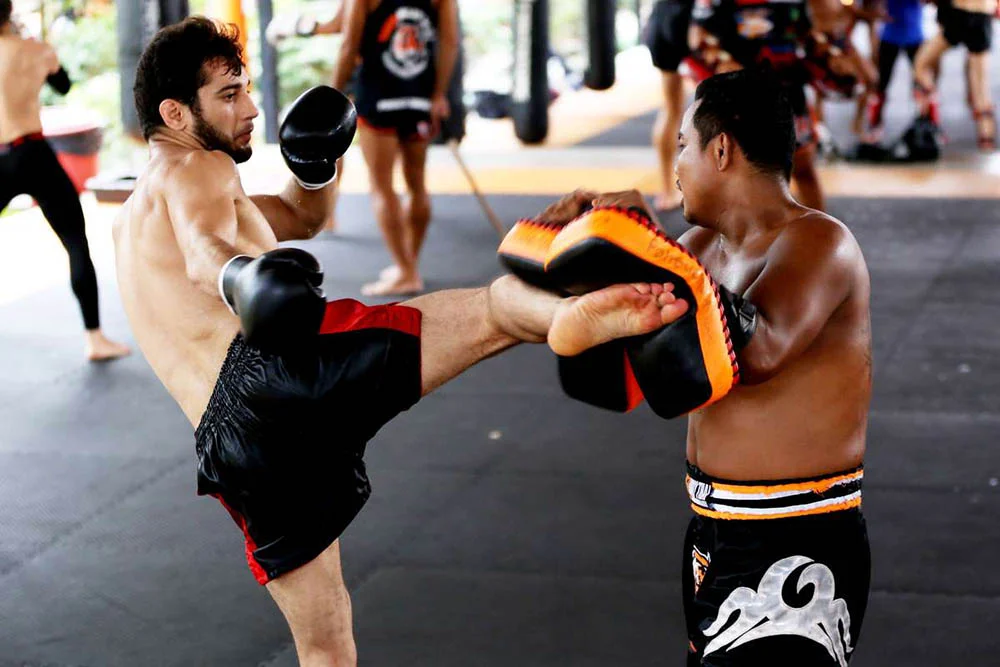
Muay Thai in Phuket | Credit: Tiger Muay Thai
Later, Muay Thai was bolstered with support from the monarchy. British boxing made its way to the Kingdom which helped inspire a governing body and clear rules for the sport. Its popularity in Thailand reached a crescendo in the 1980s and 90s with big fights, big crowds, and big winnings.
Modern Muay Thai employs similar punches as western-style boxing such as jabs, hooks, and uppercuts. Stances vary from boxing to limit exposure to knee and elbow strikes, the latter being considered the most dangerous in the sport. A variety of elbow strikes and combinations are used which can be very effective at close range where there’s no space to throw punches. The legs are used extensively for many varieties of shin and knee strikes as well as defensive blocks. The Muay Thai roundhouse technique has been adopted by many other martial arts.
Muay Thai In Phuket
Let’s start by saying that Bangkok is undoubtedly the Muay Thai capital of the world. It has the best venues, the best fighters, and some of the most well-known gyms. At the same time, seemingly endless options for Muay Thai training exist from Pattaya to Chiang Mai to Koh Samui, and, of course, Phuket.
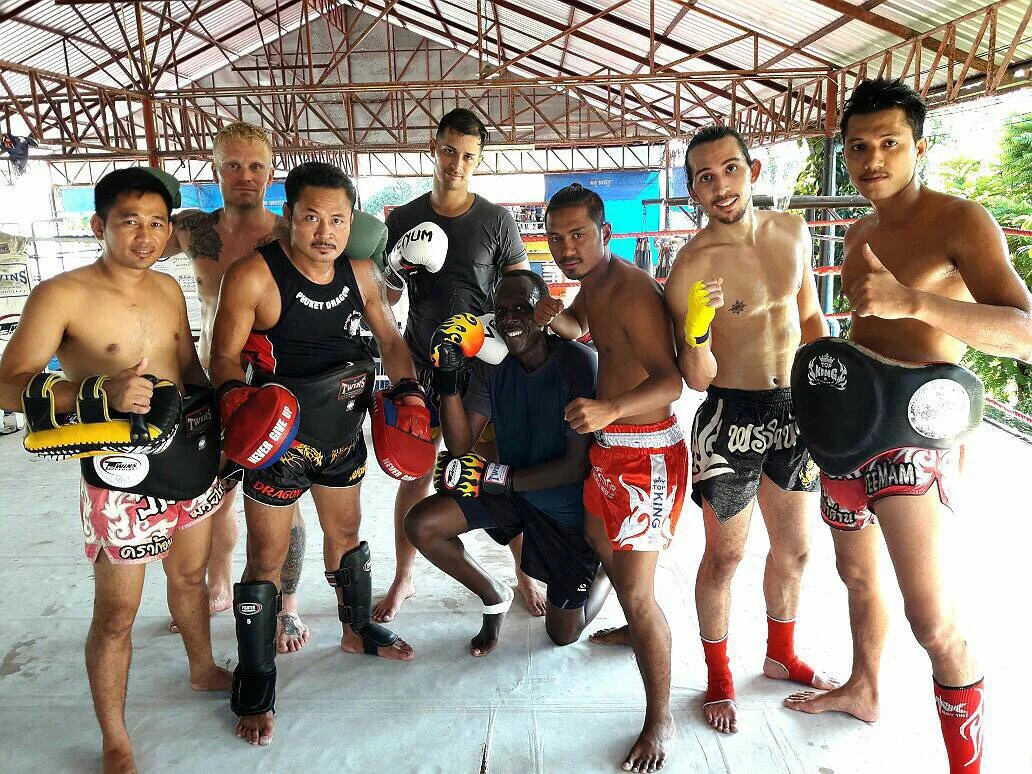
Muay Thai in Phuket | Credit: Dragon Muay Thai
One of the best reasons to train in Phuket is the same reason most people come to Phuket – it’s awesome! While some will stick with training in Bangkok with its heat, traffic, smog, and bustle, many will find the atmosphere in Phuket ideal. There’s a huge Muay Thai scene here with the area surrounding Soi Taied in Chalong as the center of it all. There are at least 20 dedicated Muay Thai gyms around the island while many “regular” gyms offer classes as well. Many people train Muay Thai with no intention of fighting, but merely as a fun and interesting way to get a killer workout or to find a group of motivated people to hang out with.
If you simply want to be a spectator, many gyms have fight nights that pit up-and-coming fighters against each other for informal bouts. There are several small stadiums in Patong, Rawai, and Chalong that host bigger fights.

